A horizontal machining center (HMC) is a machining center with its spindle in a horizontal orientation. This machining center design favors uninterrupted production work. One reason for this is that the horizontal orientation encourages chips to fall away, so they don’t have to be cleared from the table. More significantly, the horizontal design allows a two-pallet workchanger to be incorporated into a space-efficient machine. To save time, work can be loaded on one pallet of a horizontal machining center while machining occurs on the other pallet.
Lean Approach to Automated Machine Tending Delivers Quicker Paths to Success
Almost any shop can automate at least some of its production, even in low-volume, high-mix applications. The key to getting started is finding the simplest solutions that fit your requirements. It helps to work with an automation partner that understands your needs.
Horizontal Machining Centers: Essential Reading
Machining 101: What are Machining Centers?
Machining centers offer a wide range of possible operations, but that adaptability comes with the need to stay flexible and perform successful measurements at all times.
Four Questions a Shop Considering HMCs Should Ask
Compared to vertical machining centers, horizontal machining centers offer the potential for improved spindle uptime, cycle times and throughput. Although they come with a higher price tag, their higher productivity can be significant to shops of all sizes, as Valley Tool has experienced.
Why Tie Payroll Hours to Machine Tool Hours?
J&R Machine uses machine-monitoring data not just to track machine uptime, but also to create a financial index that helps it shape decisions related to equipment, processes, staffing, sales and business in general.
Buying an HMC: Peripheral Equipment Considerations
Is it time to move up to an HMC? Let’s consider some of the peripheral equipment that HMC buyers should think about.
Buying an HMC: Tooling and Workholding Considerations
Is it time to move up to an HMC? Let’s look at tooling- and workholding-related concerns that those interested in acquiring an HMC will want to keep in mind.

FAQ: Horizontal Machining Centers
What is a horizontal machining center?
Horizontal and vertical three-axis machines differ primarily in the inclination of the spindle, with the spindles of horizontal machines parallel to the surface of the machine table and the spindles of vertical machines perpendicular to the surface, although individual constructions vary widely to support different applications.
What is a machining center?
Typically, machining centers are numerically controlled machines with multipurpose capabilities. This flexibility not only allows for productivity improvements but also allows for one machine to replace several single-purpose machines.
Machining centers provide the ability to perform several operations on a workpiece, from roughing to finishing, with a single setup.
Why should you buy a horizontal machining center?
The simple answer is productivity and profit. Horizontals can easily do three times the work of a comparable VMC. This assertion assumes that the workload to keep the machine busy is available. Without question, you can get more done in far less time using an HMC. With the increase in production, shop throughput is greatly improved. Because multiple operations can be done in a single setup on an HMC, less work in process must move around the shop, increasing efficiency.
Source: Buying an HMC: What Makes Horizontal Machining Centers Different
What are some additional costs of adding a horizontal machining center?
To make full use of the higher-level machine, other parts of the process need to be raised to a higher level as well. Here is a partial list of the additional investments to be made:
1. Inspection equipment.
2. Computers.
3. Coolant.
4. Tool presetter.
5. Fixturing.
6. Tool vending.

Horizontal Machining Centers Suppliers
Narrow by Horizontal Machining Centers Category
Shop Replaces Two Verticals With One Horizontal
By trading two VMCs in to help finance the purchase of a new HMC, this shop was able to significantly increase production and move to lights-out machining.
VMC Enables Reliable Unmanned Five-Axis Production
IMTS22: Matsuura showcases a range of machining centers, including the new MX-420 PC10 configured with 10 pallets and 90 tools.
#imts
The Job Shop Is the First Half of the Business
By day, NTL Industries went from a lathe and a mill in a home garage to an 11-employee enterprise in under five years. By night, it tackles a new future.
#workforcedevelopment
Heavy Engineering: The Complex Logistics of Moving Large Machine Tools
One of our fascinations with large-format machine tools has little to do with their capabilities, but everything to do with the logistics involved with getting them up and running. Here’s how one of the world’s oldest builders of giant machine tools tackles the challenge.
#LargePartMachining
Best Practices: Machining Difficult Materials
Cutting hardened steel, titanium and other difficult materials requires picking the right tools, eliminating spindle runout and relying on best practices to achieve tight part tolerances.
Modular Horizontal Machining Center Offers Uninterrupted Production
According to Starrag, the Bumotec 191neo offers twelve separate machines based on a single platform. The system is designed to address current and future challenges for medical technologies, the luxury industry and the micromechanics sector.
Horizontal Machining Center From Okuma Offers New Features
The new machining center offers a larger work envelope, enhanced chip and coolant management functions and automation compatibility, among other features.


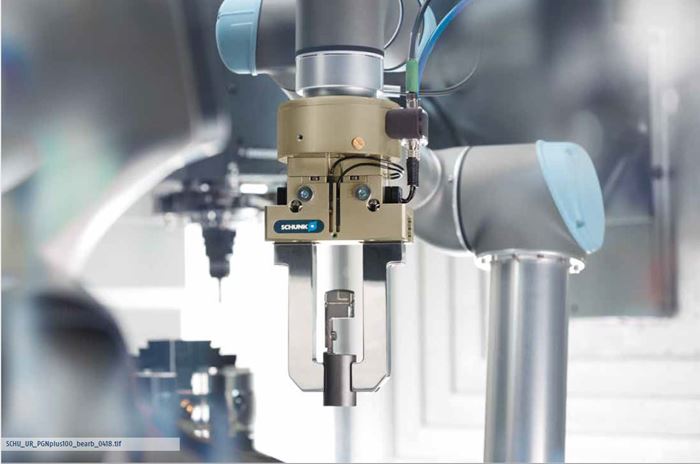
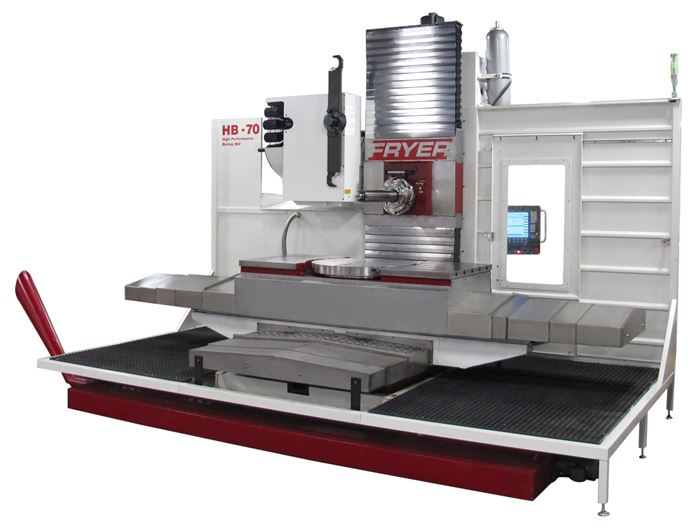
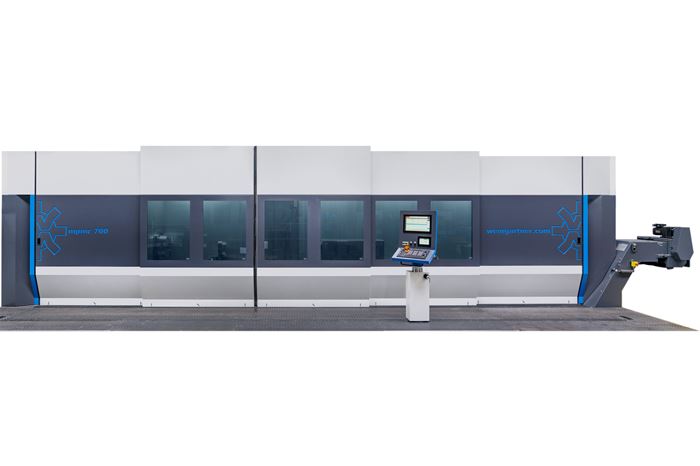
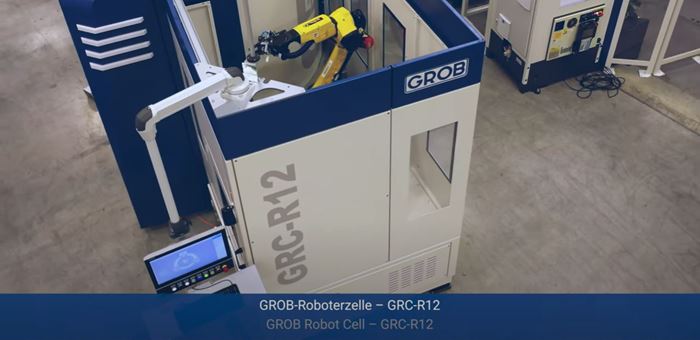

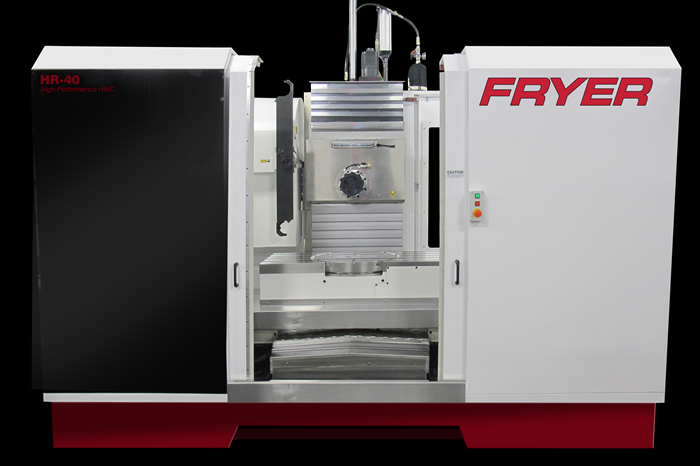
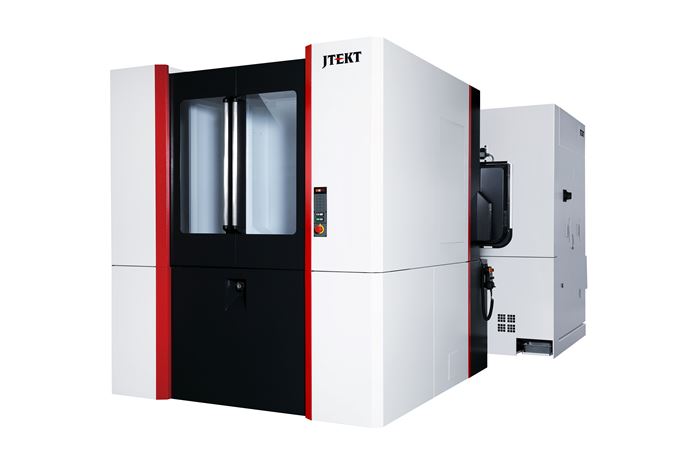
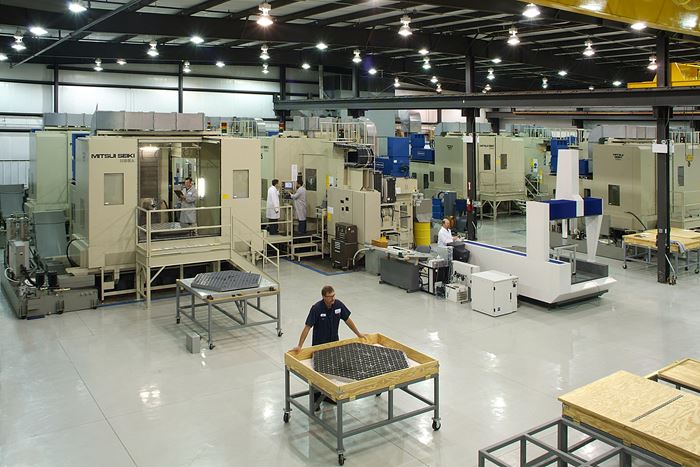
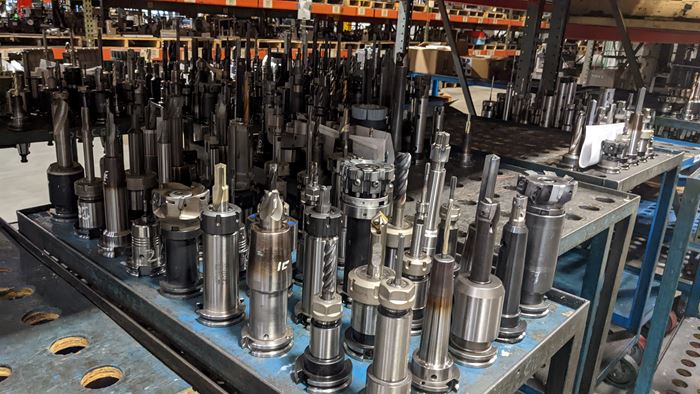
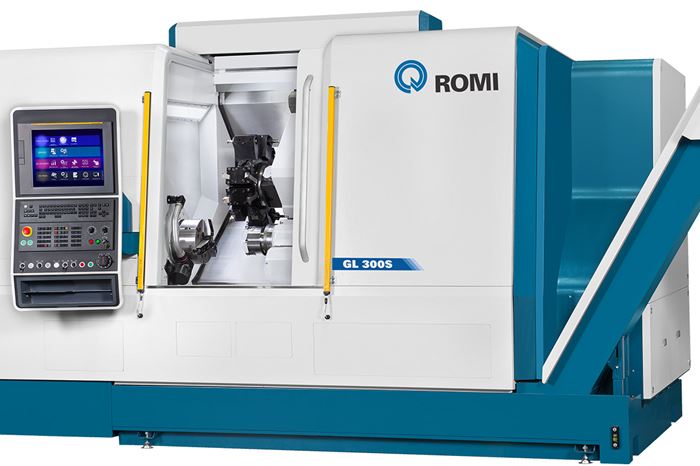
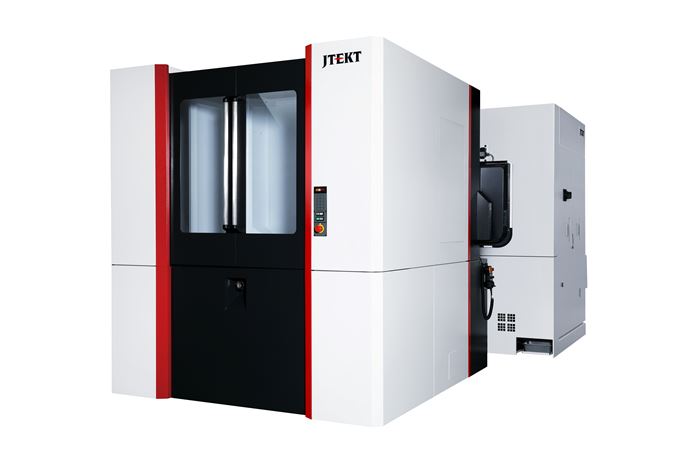
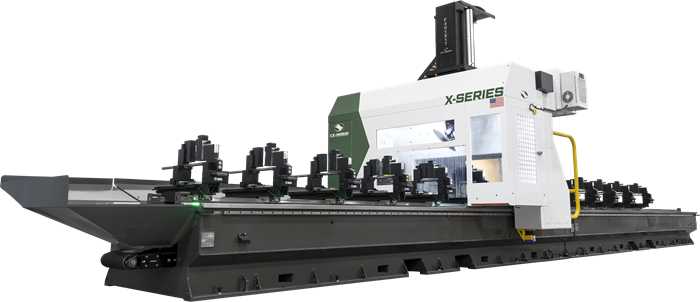
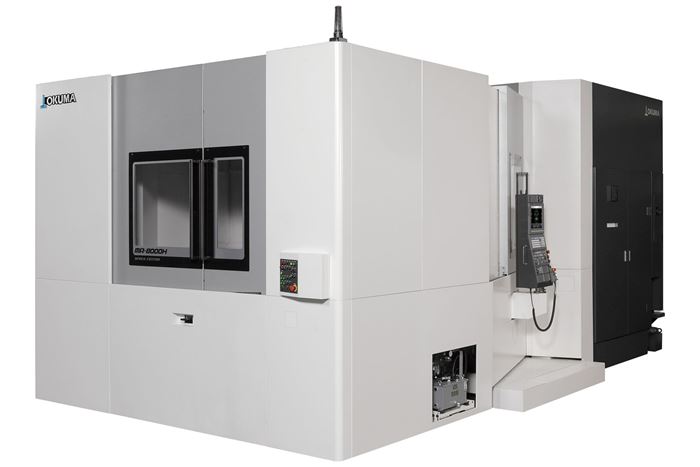




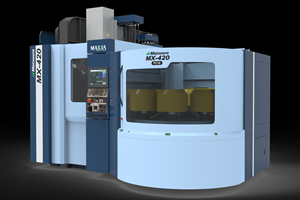
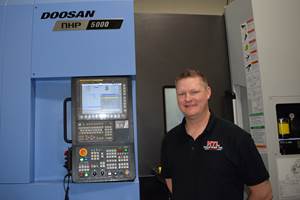
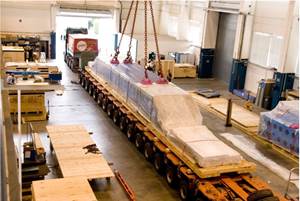
.jpg;maxWidth=970;quality=90)